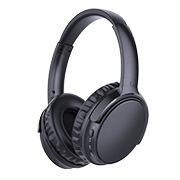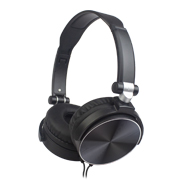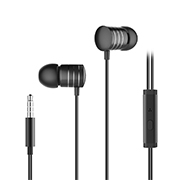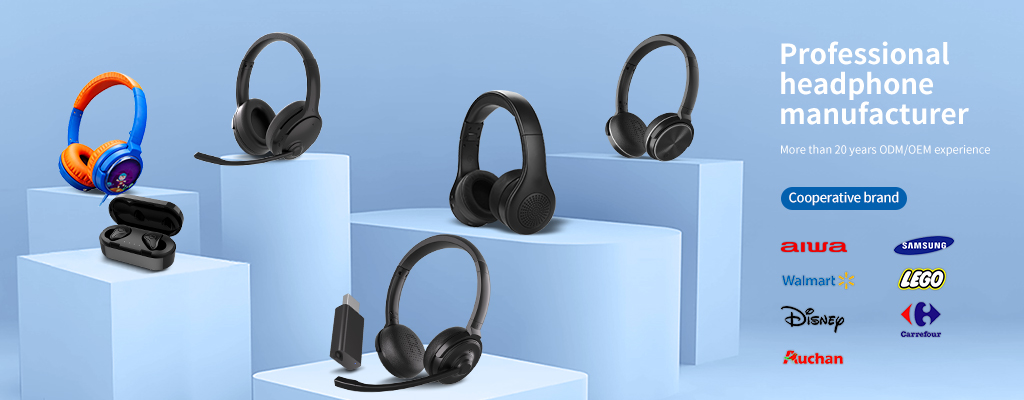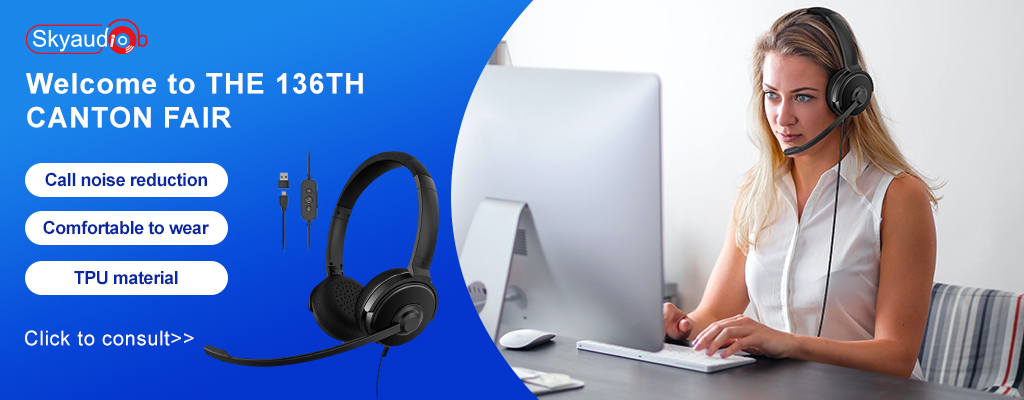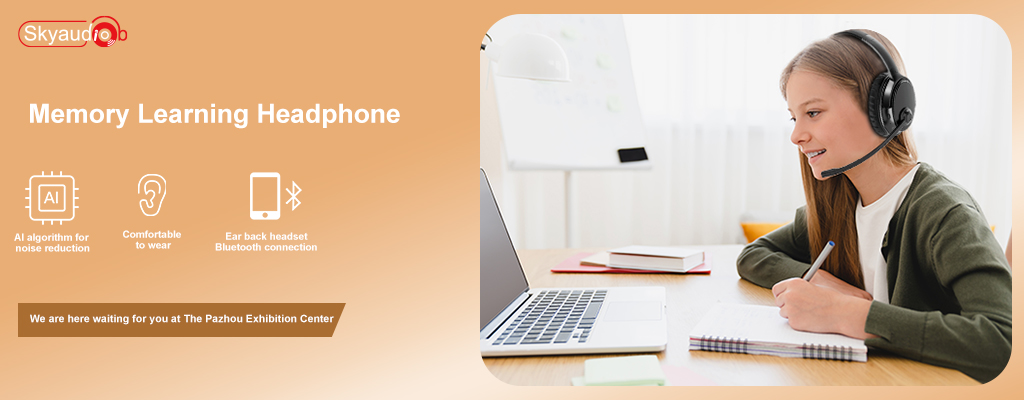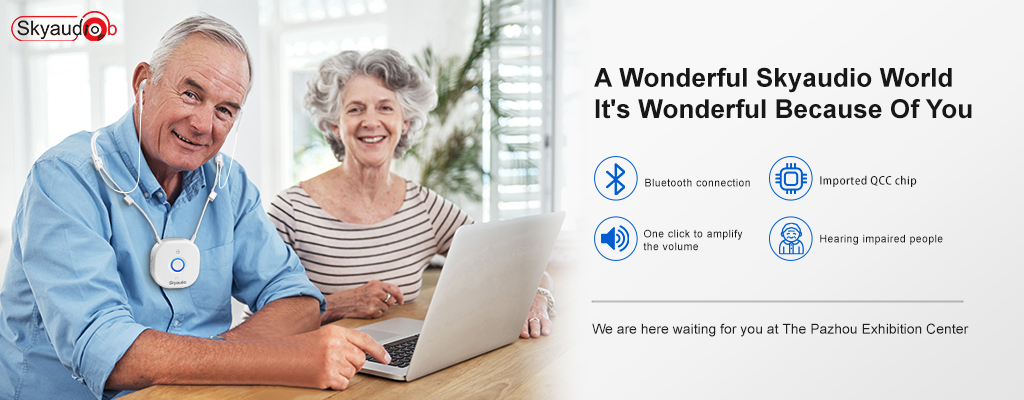
- factory address
D Building,Pioneer Park,3rd Industrial Zone Fenghuang Village, Fuyong Town,Baoan DistrictShenzhen,Guangdong,China
How to Rock Out With Ear Buds or Headphones Without Damaging Your Hearing
https://health.clevelandclinic.org/how-to-rock-out-with-ear-buds-or-headphones-without-damaging-your-hearing/
December 11, 2018 / Ear, Nose & Throat
How to Rock Out With Ear Buds or Headphones Without Damaging Your Hearing
Noise-induced hearing loss is 100 percent preventable
FACEBOOKTWITTERLINKEDINPINTERESTEmail

Whether it’s jamming out during a workout or starting the morning with a podcast, many of us spend time every day with ear buds blasting sound into our ears.
While these little sonic feeding tubes can fill us with satisfying sounds, they can also damage our hearing.
But with a little awareness and effort, it’s possible to prevent that from happening.
Balancing volume with length of listening
Volume level and length of listening are the two things that need to be balanced to prevent noise-induced hearing damage from headphones or earbuds, according to Sharon A. Sandridge, PhD, Director of Clinical Services in Audiology.
“Eighty percent volume for a maximum of 90 minutes at a time is the general rule of thumb,” she says. “It really is an inverse relationship between how long and how loud. If you are listening for an amount of time longer than 90 minutes, volume should be reduced so that the longer you listen, the lower the volume.”
Types of devices
Aside from volume and length of listening, the particular listening device you are using can also make a difference.
There are three types of listening devices, each with their own benefits and drawbacks.
Over-the-ear headphones encase the ear and are often better at canceling outside noise. That better sounds quality allows you do listen at a lower volume. However, they’re not as portable as earbuds.
Earbuds allow more outside noise to enter your ear, which could be good for safety if you’re outdoors near traffic or in close quarters with other people. However, people tend to increase the volume to dangerous levels in areas with a lot of ambient noise, Dr. Sandridge says.
Isolating ear buds have rubber tips that seal the ear canal. They’re good for blocking outside sounds but can be dangerous for runners or cyclists who need to be aware of outside sounds such as car horns or traffic.
No matter the design you choose, Dr. Sandridge says people shouldn’t be afraid to spend a little extra for better ear pieces.
“Higher quality headphones or ear buds provide a higher fidelity sound, so you are less likely to rely on the volume to enhance the fidelity,” Dr. Sandridge says.
The reality of hearing loss
Many devices allow outputs to go much higher than 85 dBs, which can be a problem because many listeners, especially younger ones, don’t realize the long-term damaging effects.
“Early, repeated exposure to loud noises results in inner ear damage, which is permanent and may not be experienced until later on, when it is too late to prevent it,” Dr. Sandridge says.
According to the Centers for Disease Control and Prevention, 17 percent of Americans between the ages of 20 and 69 have hearing loss that may have been caused by exposure to loud noise.
Repeated damaging noise can age the ear 50 percent faster, she says. So, by the time you are in your 50s, you may have the hearing of someone who is in their 80s.
To be safe, Dr. Sandridge offers up this general advice: If someone who’s standing an arm’s length away can hear the music coming from your headphones or ear buds, or if you raise your voice to speak to someone while you’re listening to something, it’s too loud.


